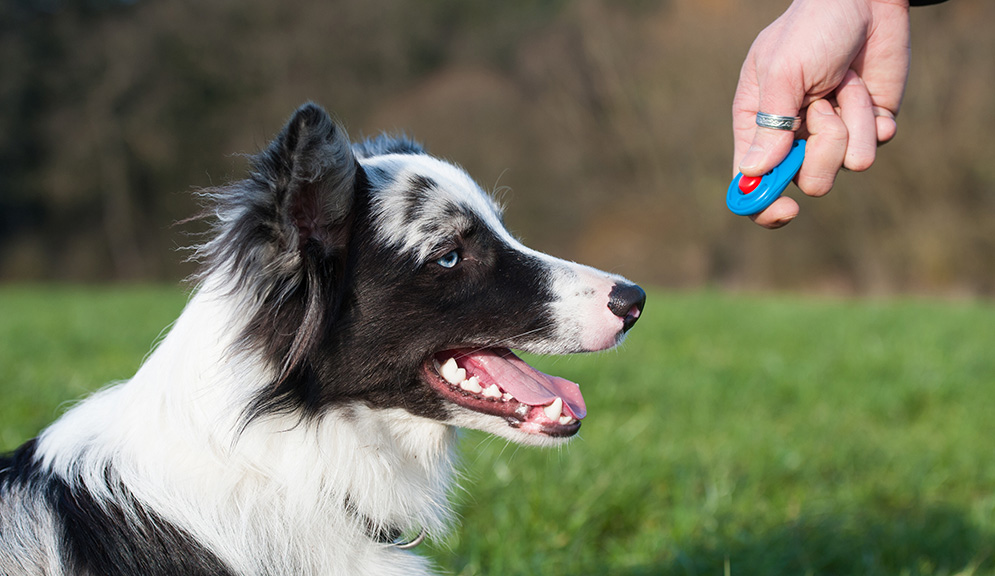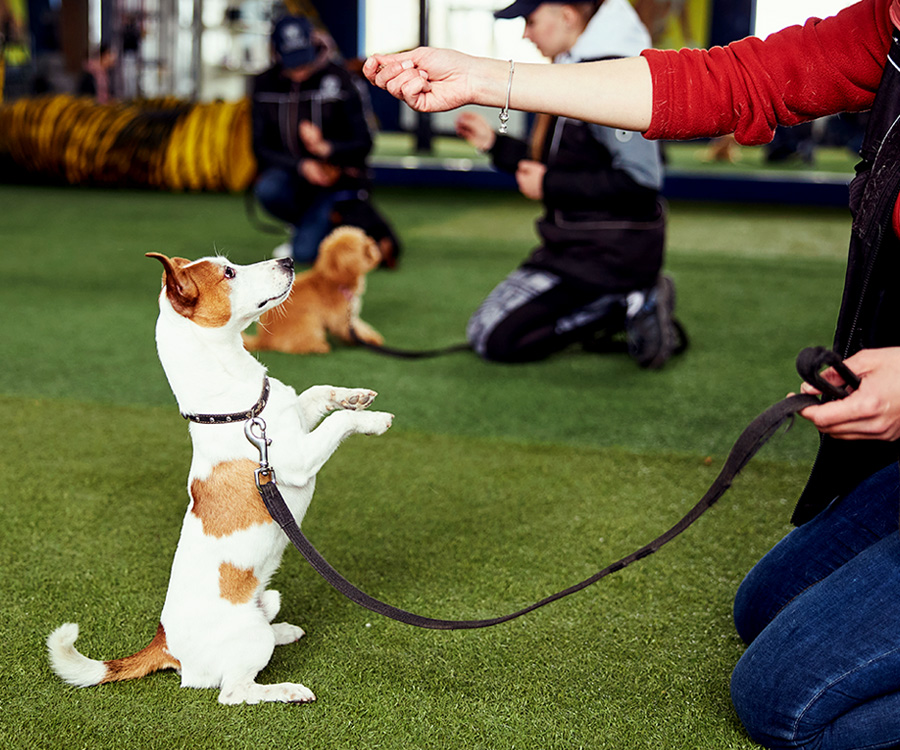Why Consistency is Key in Dog Training for Long-Term Success
Transform Your Pet dog's Habits With Proven Training Approaches
Transforming your canine's actions needs a nuanced understanding of their private traits and requirements, along with the application of tried and tested training approaches. By using positive support and recognizing crucial add their body movement, you can properly attend to usual behavior concerns such as excessive barking or leaping. Uniformity in your training strategy not only enhances obedience but also promotes a much deeper bond of depend on and respect in between you and your pet dog. The path to successful change might provide unpredicted obstacles that warrant further expedition.
Comprehending Dog Habits
Comprehending pet dog behavior is vital for reliable training and communication between people and their canine friends. Pet dogs, as social pets, show a series of behaviors influenced by genetics, setting, and experiences - Dog training. Recognizing these habits aids owners tailor their training approaches to satisfy the details needs of their canines
Key elements of dog habits include body language, vocalizations, and social interactions. Additionally, socializing plays a vital duty in shaping behavior; pets that interact favorably with numerous individuals and various other animals are normally a lot more versatile and well-adjusted.
In addition, recognizing anxiety signals-- such as pacing, panting, or evasion actions-- can avoid rise right into more serious problems. Proprietors who are in harmony with their pet's behavior can develop a risk-free and caring environment, promoting count on and boosting the training process. Eventually, a deep understanding of canine behavior lays the structure for an unified partnership and effective training outcomes, making sure both pets and their proprietors grow together.
Positive Reinforcement Methods
Favorable support strategies are extensively recognized as one of the most efficient approaches for training pets, promoting a favorable understanding atmosphere. This technique involves gratifying preferred habits with treats, praise, or play, consequently urging the canine to duplicate those actions. Unlike corrective approaches, favorable reinforcement constructs trust fund and strengthens the bond between the canine and the fitness instructor.
Incentives ought to be offered instantly following the wanted behavior to assist the pet dog make the connection. Consistency is likewise important; utilizing the exact same commands and incentives aids the dog comprehend what is anticipated.
It is essential to keep in mind that positive reinforcement is not concerning bribery; instead, it is concerning strengthening excellent behavior. With time, as the canine learns to connect details activities with positive end results, the regularity of rewards can be slowly decreased, transitioning to verbal appreciation or intermittent benefits. This method not just motivates obedience however likewise promotes a confident and satisfied dog, making training a much more satisfying experience for both events involved.
Dealing With Common Concerns
Resolving common concerns throughout canine training is crucial for guaranteeing a effective and unified relationship between the pet dog and its owner. Numerous pet proprietors come across behavior difficulties, such as extreme barking, leaping, and leash pulling. Recognizing the origin of these habits is essential for reliable training.
To minimize this, supply adequate physical exercise, mental stimulation, and chances for social communication with both human beings and other pet dogs. Educating the dog to sit upon greeting can reroute this behavior positively.
Leash drawing is an additional prevalent problem, regularly resulting from a dog's passion to check out. Making use of correct leash dealing with strategies, integrated with training protocols that encourage loose-leash strolling, can substantially boost this actions.
On top of that, issues like source guarding or separation anxiousness call for tailored approaches. Steady desensitization and counter-conditioning can be effective in attending to these obstacles. By recognizing and i thought about this proactively managing these typical concerns, pet owners can foster an extra enjoyable training experience and enhance the bond with their canine buddies.
Consistency in Training

To attain uniformity, it is vital that all participants of the home abide by the same training methods. For example, making use of the very same verbal signs and hand signals ensures that the dog obtains uniform messages. Furthermore, the timing of rewards and corrections must correspond; immediate reinforcement boosts the likelihood that the canine will certainly connect the actions with the outcome.
Additionally, developing a routine can even more improve consistency. Regular technique sessions, paired with organized schedules for feeding, strolling, and play, assistance dogs anticipate and comprehend their setting, making them more receptive to training. Inevitably, consistency fosters a sense of safety and security and count on, empowering dogs for more information properly. By dedicating to a structured approach, instructors can about his promote positive behavior adjustments and grow a genteel friend.
Building a Solid Bond
Just how can promoting a solid bond between a canine and its proprietor boost the training experience? A strong relationship built on trust fund and regard acts as the structure for efficient training. When a dog feels protected in its connection with its owner, it is more most likely to exhibit positive behaviors and be receptive to discovering. This bond urges the dog to engage totally in training sessions, as it sees the proprietor as a resource of assistance and assistance.
In addition, a solid bond facilitates far better interaction. Canines are adept at reviewing human hints, and a relying on relationship enables clearer signals throughout training. Proprietors that invest time in building this bond through play, socializing, and positive support create an environment where dogs really feel eager and motivated to discover.
Additionally, a reputable link can decrease anxiousness and behavior concerns, as pet dogs are less likely to act out when they feel understood and taken care of. Focusing on the advancement of a strong bond not just boosts the training experience but likewise adds to a happier and more well-adjusted dog. Inevitably, the journey of training changes right into a joint collaboration, bring about lasting behavioral renovations.
Conclusion

Proprietors that are attuned to their pet dog's behavior can create a nurturing and safe atmosphere, fostering trust fund and improving the training process. Eventually, a deep understanding of canine go to this site habits lays the structure for an unified relationship and effective training end results, making certain both pet dogs and their proprietors prosper with each other.
Resolving usual problems throughout dog training is necessary for making sure a unified and effective partnership between the pet dog and its proprietor.Uniformity is a cornerstone of efficient pet dog training, as it develops a clear framework for the pet dog to understand actions and expectations.In conclusion, transforming a dog's actions via proven training techniques needs an understanding of canine actions, the application of favorable support methods, and an emphasis on consistency.